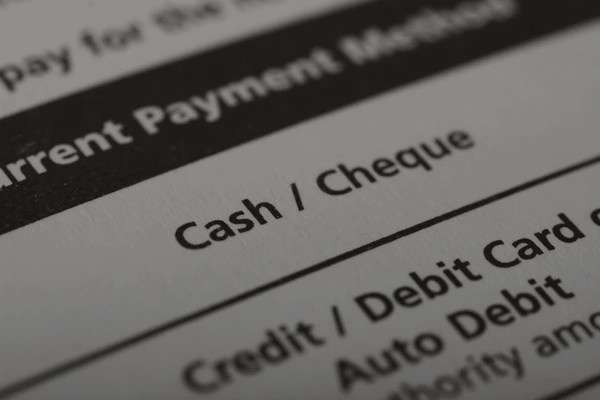In this article, we explore the concept of Banker’s Cheque, its practical applications, and significance in financial transactions.
Table of Contents
What is a Banker’s Cheque?
H2: Definition
A Banker’s Cheque is a type of payment instrument issued by a bank on behalf of its customer, guaranteeing payment to a specified recipient. It is also known as a cashier’s cheque or a bank draft.
Key Features of Banker’s Cheque
- H3: Guaranteed Funds: Ensures payment as the bank itself guarantees the funds.
- H3: Secure Payment: Provides a secure form of payment compared to personal cheques.
- H3: Issued by Banks: Only banks issue banker’s cheques, ensuring reliability.
- H3: Widely Accepted: Accepted widely for transactions where security and guaranteed payment are crucial.
Uses and Applications of Banker’s Cheque
H2: Practical Applications
Understanding the scenarios where Banker’s Cheque is commonly utilized:
- H3: Large Purchases: Used for large transactions like property purchases or vehicle acquisitions.
- H3: Settlement of Debts: Employed for settling debts or payments where personal cheques are not accepted.
- H3: International Payments: Useful for international payments where the recipient requires guaranteed funds.
Benefits of Banker’s Cheque
H2: Advantages
Exploring the advantages associated with Banker’s Cheque in financial transactions:
- H3: Security: Provides a secure method of payment as it is issued by the bank itself.
- H3: Guaranteed Payment: Ensures that the funds are available and will be paid to the recipient.
- H3: Acceptance: Widely accepted by individuals and businesses as a reliable form of payment.
- H3: Convenience: Saves time compared to waiting for personal cheques to clear.
Example of Banker’s Cheque in Practice
H2: Real-World Scenario
Illustrating the practical application of Banker’s Cheque with an example:
- H3: Case Study: Sarah wishes to purchase a used car from John but prefers not to carry cash. Instead, she obtains a Banker’s Cheque from her bank, payable to John for the agreed-upon amount. John accepts the Banker’s Cheque confidently, knowing that the funds are guaranteed by Sarah’s bank. Upon receiving the cheque, John can deposit it into his account, and the funds will be available without any clearance period, ensuring a smooth transaction.
How Banker’s Cheque Works
H2: Operational Mechanism
Understanding the process involved in using Banker’s Cheque:
- H3: Issuance: The purchaser requests a Banker’s Cheque from their bank, specifying the recipient’s details and the amount.
- H3: Payment Guarantee: The bank deducts the specified amount from the purchaser’s account and issues a cheque guaranteed by the bank itself.
- H3: Secure Transfer: The recipient receives the Banker’s Cheque and can deposit it into their account or cash it at their bank.
- H3: Clearance: Unlike personal cheques, Banker’s Cheques are typically cleared immediately or within a short period, providing instant access to funds.
Conclusion
In summary, Banker’s Cheque serves as a secure and reliable method of payment issued by banks on behalf of their customers. It guarantees payment to the recipient and is widely accepted for large transactions, international payments, and situations where security and guaranteed funds are essential. Understanding how Banker’s Cheque works enables individuals and businesses to utilize this payment instrument effectively, ensuring smooth and secure financial transactions.
References
- Guidelines and procedures provided by financial institutions on issuing and accepting Banker’s Cheques.
- Case studies illustrating the use of Banker’s Cheques in various financial transactions, highlighting its benefits and reliability.
- Legal and regulatory frameworks governing the issuance and acceptance of Banker’s Cheques to ensure compliance and security in financial transactions.





